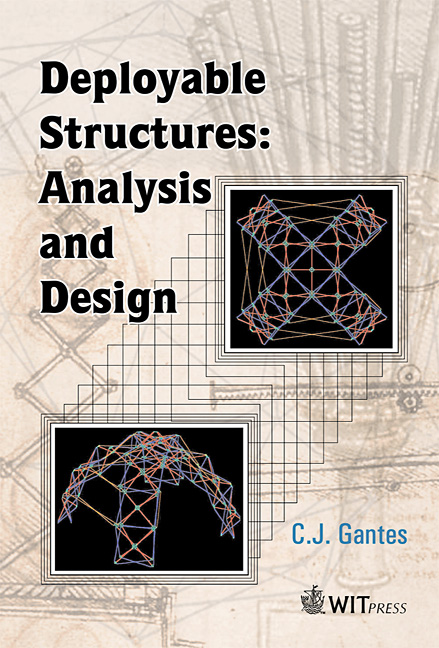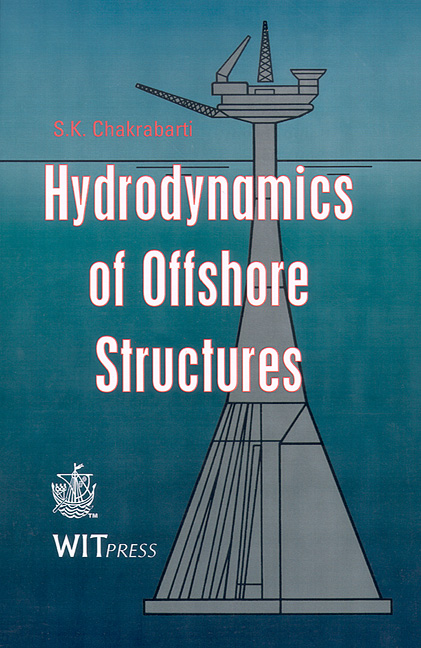Aluminium Alloy Corrosion of Aircraft Structures
Modelling and Simulation
Edited By: J.A. DeRose and T. Suter, Laboratory for Joining Technologies and Corrosion, EMPA, Switzerland, T. Hack, Innovation Works, EADS Deutschland GmbH, Germany and R. Adey, CM BEASY Ltd, UK
Price
$172.00 (free shipping)
ISBN
978-1-84564-752-0
eISBN
978-1-84564-753-7
Pages
200
Transaction Series
WIT Transactions on State-of-the-art in Science and Engineering
Transaction Volume
61
Published
2012
Format
Hardback
Bringing together the latest research this book applies new modelling techniques to corrosion issues in aircraft structures. It describes complex numerical models and simulations from the microscale to the macroscale for corrosion of the aluminium (Al) alloys that are typically used for aircraft construction, such as AA2024. The approach is also applicable to a range of other types of structures, such as automobiles and other forms of ground vehicles.
The main motivation for developing the corrosion models and simulations was to make significant technical advancements in the fields of aircraft design (using current and new materials), surface protection systems (against corrosion and degradation) and maintenance. The corrosion models address pitting and intergranular corrosion (microscale) of Al alloys, crevice corrosion in occluded areas, such as joints (mesoscale), galvanic corrosion of aircraft structural elements (macroscale), as well as, the effect of surface protection methods (anodisation, corrosion inhibitor release, clad layer, etc.).
The book describes the electrochemical basis for the models, their numerical implementation, and experimental validation and how the corrosion rate of the Al alloys at the various scales is influenced by its material properties and the surface protection methods. It will be of interest to scientists and engineers interested in corrosion modelling, aircraft corrosion, corrosion of other types of vehicle structures such as automobiles and ground vehicles, electrochemistry of corrosion, galvanic corrosion, crevice corrosion, and intergranular corrosion.








